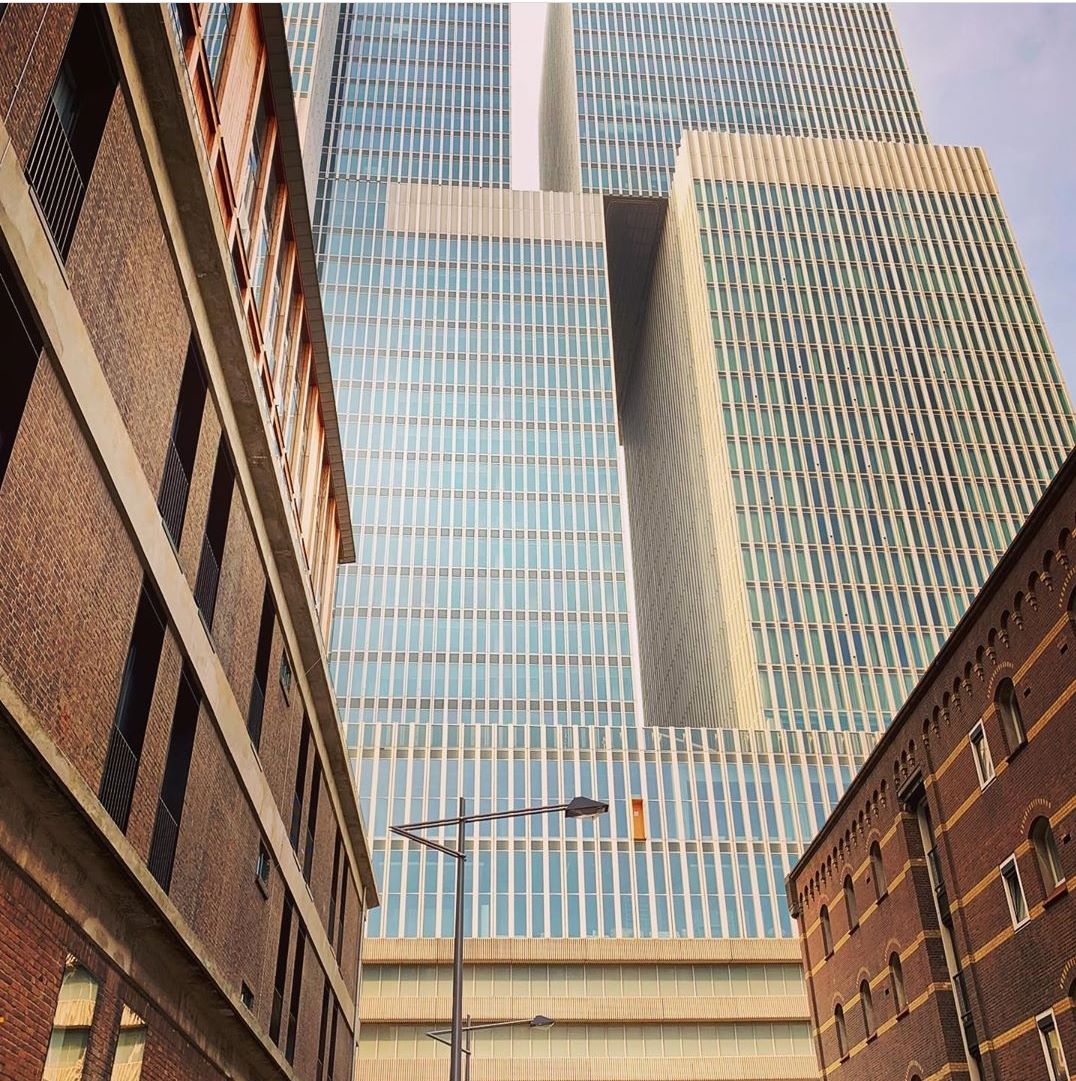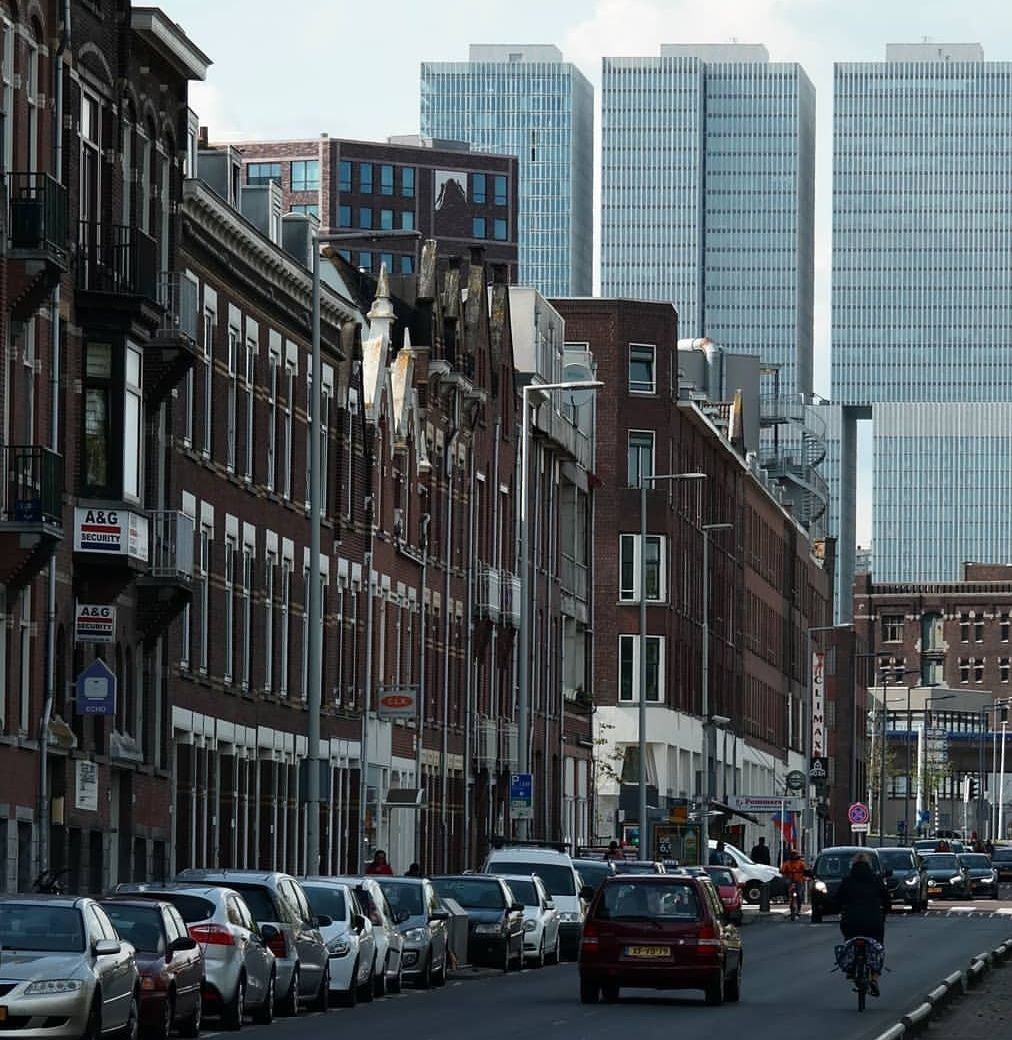Blog Stories

Reading into Rotterdam city
Is memory a way to read into cities?
Up to what extent does the notion of memory -in terms of urban
continuation, determine the direction in which the city evolves?
Is memory- in the notion of history, a privilege or a lacunae for the
evolution of a city?
Why is Rotterdam relevant as a case study for this topic?
Rotterdam is a city with fragmented urban history. It has replaced the pieces of missing memory with new ones to rebuild a contemporary image.
-presenting the example of Blaak square (all the city’s historic faces are present though buildings, fragmented urban tissue, land field of experimentation)
-presenting the contemporary skyline of the city in the south (star architects, the idea of architectural Mecca, the image of the city is a product, rebranding)
-new Boijmans museum [when fragmentation creates margin for (r)evolution]
Narrating the above in order to attempt conclusions on raised questions.
With what tools do we perceive the city? Norberg-Schulz says the structure of a city can be deconstructed into the notions of “sense of place, character and meaning”. I say the way we experience and perceive the place formulates the sense; architecture, history and environment form the character; while the association of the two makes the meaning tangible. Every city has rules. Every city will undoubtedly evolve with time. But can a city reinvent itself instead of evolving? In a sense, Rotterdam did.
Memory- in the sense of history, progressively generates values (like historical attributes) that a city has to preserve. What Rotterdam has to say is that when you have limited historic value you can transform your image to whatever the hell you want; because you have no legacy to preserve.
The city suffered from fragmented image after the war, leaving open cracks for architectural interventions that had little to do with the buildings still standing or the ones that had been there before. The lack of historical context nourished architectural experimentation. Instead of urban cohesion, buildings with a hyperlocal identity and strong ego became the desired norm. Rotterdam is an example of a deviated city that uses that newly born image as a pole of interest for visitation and has the ambition to lead a new urban strategy in city mapping.
Not sure how to judge yet a city growing without memory. Deprived or privileged?
Blog Stories

Reading into Rotterdam city
Is memory a way to read into cities?
Up to what extent does the notion of memory -in terms of urban
continuation, determine the direction in which the city evolves?
Is memory- in the notion of history, a privilege or a lacunae for the
evolution of a city?
Why is Rotterdam relevant as a case study for this topic?
Rotterdam is a city with fragmented urban history. It has replaced the pieces of missing memory with new ones to rebuild a contemporary image.
-presenting the example of Blaak square (all the city’s historic faces are present though buildings, fragmented urban tissue, land field of experimentation)
-presenting the contemporary skyline of the city in the south (star architects, the idea of architectural Mecca, the image of the city is a product, rebranding)
-new Boijmans museum [when fragmentation creates margin for (r)evolution]
Narrating the above in order to attempt conclusions on raised questions.
With what tools do we perceive the city? Norberg-Schulz says the structure of a city can be deconstructed into the notions of “sense of place, character and meaning”. I say the way we experience and perceive the place formulates the sense; architecture, history and environment form the character; while the association of the two makes the meaning tangible. Every city has rules. Every city will undoubtedly evolve with time. But can a city reinvent itself instead of evolving? In a sense, Rotterdam did.
Memory- in the sense of history, progressively generates values (like historical attributes) that a city has to preserve. What Rotterdam has to say is that when you have limited historic value you can transform your image to whatever the hell you want; because you have no legacy to preserve.
The city suffered from fragmented image after the war, leaving open cracks for architectural interventions that had little to do with the buildings still standing or the ones that had been there before. The lack of historical context nourished architectural experimentation. Instead of urban cohesion, buildings with a hyperlocal identity and strong ego became the desired norm. Rotterdam is an example of a deviated city that uses that newly born image as a pole of interest for visitation and has the ambition to lead a new urban strategy in city mapping.
Not sure how to judge yet a city growing without memory. Deprived or privileged?

